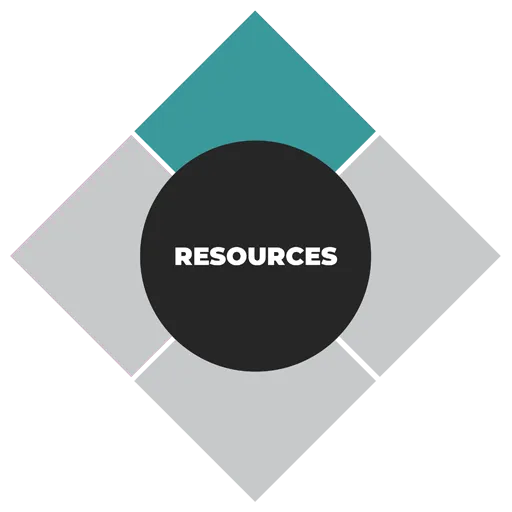
Process Ownership vs. Job Titles – The Key Difference That Impacts Efficiency
Process Ownership vs. Job Titles – The Key Difference That Impacts Efficiency
By RISE Business Framework
Why Job Titles Alone Aren’t Enough
In many businesses, job titles define who does what—but they don’t always clarify who is truly responsible for results.
Have you ever heard:
❌ “That’s not my job.”
❌ “I thought someone else was handling that.”
❌ “I didn’t know that was my responsibility.”
When job titles dictate responsibility instead of process ownership, confusion, inefficiency, and frustration follow. The RISE Business Framework teaches that businesses must shift from title-based responsibility to process-based ownership.
In this article, we’ll break down:
✅ The difference between job titles and process ownership
✅ How lack of process ownership creates inefficiencies
✅ How to shift your business to an ownership-driven model
What’s the Difference Between Process Ownership & Job Titles?
1. Job Titles Define Roles – But Not Responsibility
A job title tells you someone’s position, but it doesn’t guarantee they own key outcomes.
Example: A Marketing Manager might oversee advertising, but who is accountable for lead conversion rates?
2. Process Ownership Ensures Accountability
Example: Instead of saying, “The sales team handles leads,” designate one owner for lead nurturing so it doesn’t fall through the cracks.
Job titles explain who someone is, but process ownership determines what they are responsible for delivering.
Why Businesses Struggle Without Process Ownership
When businesses rely only on job titles, they often face:
❌ Lack of Clarity – Employees don’t know who is responsible for key processes.
❌ Inefficiencies – Multiple people assume “someone else” is handling a task.
❌ Poor Performance Tracking – If no one owns a process, it’s hard to measure results.
❌ Leadership Burnout – Business owners take on too many responsibilities because they don’t trust employees to take full ownership.
If no one owns a process, the business lacks control over efficiency and outcomes.
How to Shift from Job Titles to Process Ownership
The RISE Business Framework encourages businesses to move from job title-based thinking to process-driven accountability. Here’s how:
Step 1: Identify Core Business Processes
Step 2: Assign a Process Owner to Each
Example: Instead of saying “Sales reps handle follow-ups,” assign one owner to the follow-up process.
Step 3: Use an Accountability Chart
Replace traditional org charts with accountability charts that define:
✔ Who owns each process
✔ How success is measured (KPIs)
✔ How often performance is reviewed
Step 4: Implement Stoplight Reports
Frequently Asked Questions (FAQs)
FAQs About Process Ownership vs. Job Titles
1. Why aren’t job titles enough to ensure accountability?
Because job titles describe positions, not responsibility for key processes.
2. How does process ownership improve efficiency?
It eliminates confusion and inefficiency by ensuring that every process has a clear owner.
3. What’s an accountability chart?
An accountability chart defines who owns key processes, not just who reports to whom.
4. How do I measure the success of process ownership?
Track KPIs for each process and use Stoplight Reports to monitor performance.
FAQs About the RISE Business Framework
1. How does RISE help businesses improve efficiency?
By implementing process ownership, accountability charts, and KPI tracking.
2. Can small businesses use process ownership?
Yes! Small businesses benefit even more because one weak link can disrupt efficiency.
3. How do I start using RISE?
Final Thoughts
If your business struggles with inefficiencies, relying on job titles instead of process ownership could be the problem.
By shifting to an ownership-driven model, businesses gain clarity, efficiency, and accountability, leading to faster growth and less stress for leadership.
